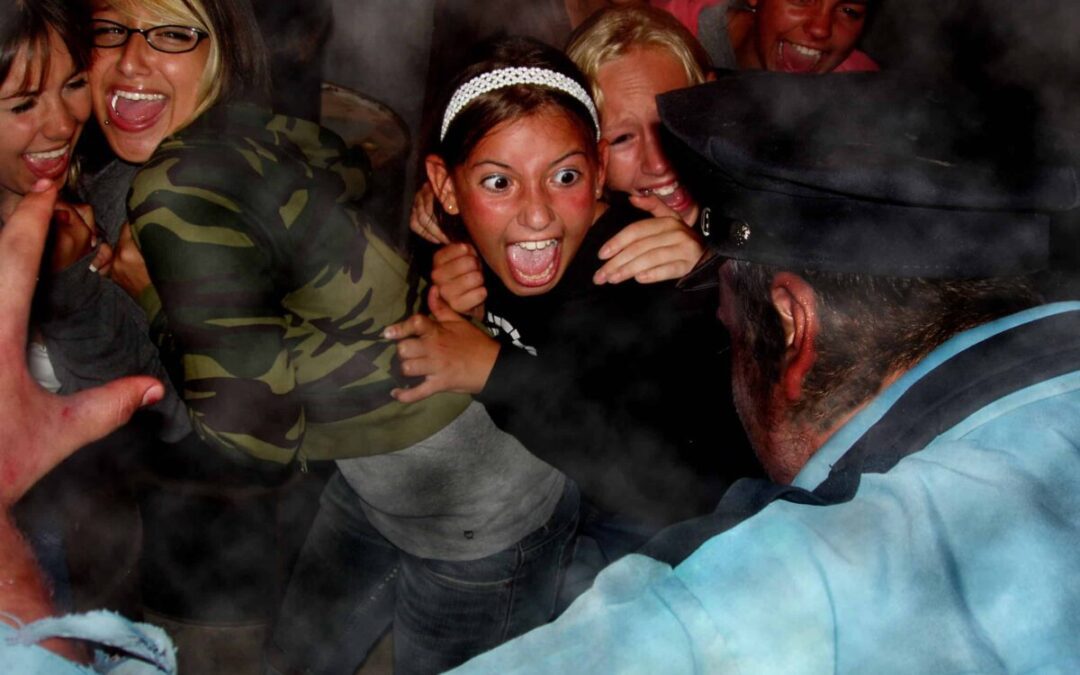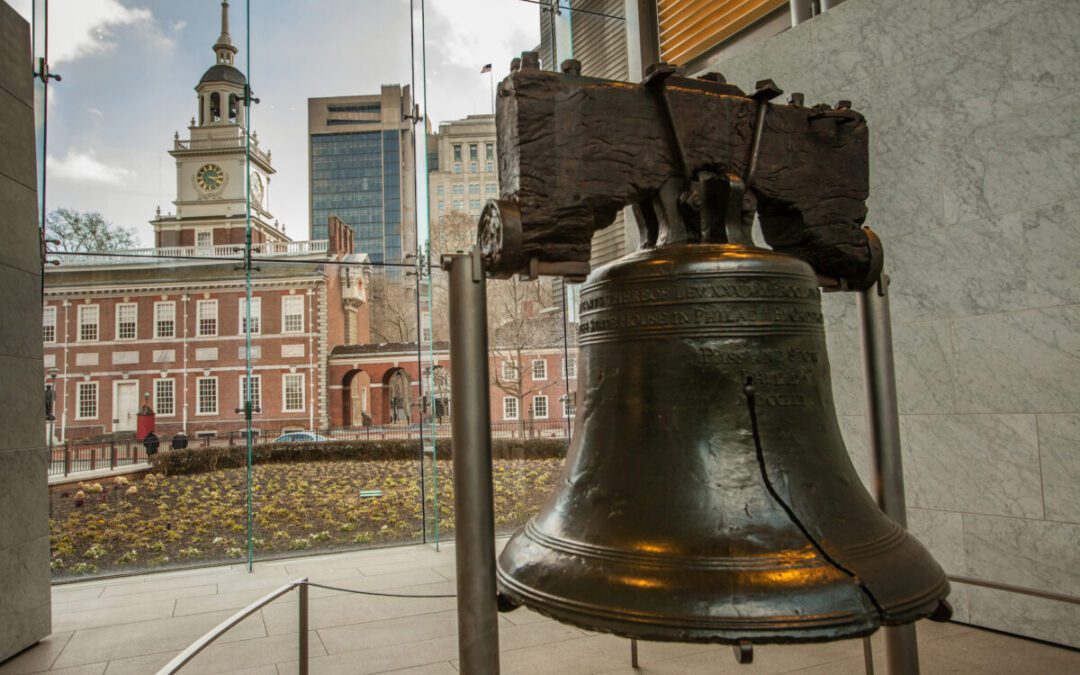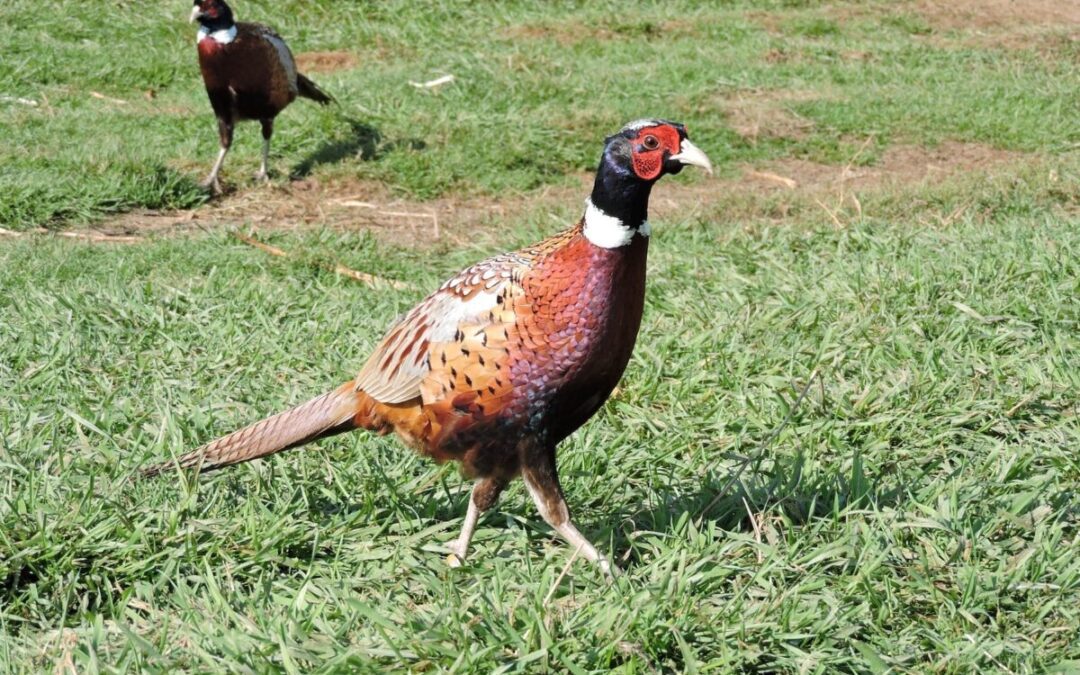
Photo courtesy of daveynin
From now through April, Pennsylvania will experience monthly full moons, exciting annual events like meteor showers, and a thrilling total solar eclipse that will be visible in the Northwest part of the state.
Pennsylvania’s night skies are ideal for stargazers, especially in rural areas where there is usually less light pollution than in urban areas. We’ve created a calendar of celestial events to witness in Pa. between early January and early April — when nights are colder and longer.
We’ve included the monthly full moons, exciting annual events like meteor showers, and thrilling once-in-a-lifetime experiences like April’s total solar eclipse, that will be visible in the Northwest part of the state.
For optimal vantage points, seek out state parks, state recreation areas, national forests, and other parks or fields where there is little light pollution. Too much light limits your view of the stars and other celestial bodies. We recommend checking out Susquehanna State Forest, Allegheny National Forest, Laurel Hill State Park, Worlds End State Park, French Creek State Park, Cook Forest State Park, and Ohiopyle State Park.
The very best place for stargazing in the state is Cherry Springs State Park, an International Dark Sky Park in north-central Pa., and one of the only certified dark sky parks in the eastern half of the country. Visit the stargazing field, open year-round, or book one of the state park’s cabins with their private stargazing areas.
You can also check out this map of Pennsylvania’s light pollution to find the best place to stargaze near you. Wherever you go, be sure to bring red headlamps or flashlights, as white light will interfere with your night vision.
Here’s when to keep your eyes on the night skies:
Jan. 3-4: Quadrantids Meteor Shower
Welcome the new year with the Quadrantids meteor shower, which peaks each year in early January. The Quadrantids are one of stargazers’ favorite meteor showers because of the brighter-than-usual fireballs and the sheer number of meteors that one can see hurtling through the sky. During the Quadrantids’ peak, and under clear skies, you may see dozens of meteors per hour. However, unlike other meteor showers with peaks that last a couple of days, the Quadrantids peak for just a few hours, so you’ll need to make a Quadrantids viewing plan for the night of Jan. 3 and the early morning hours of Jan. 4. Your best bet is to find a dark location — perhaps a Pa. state park or rural field outside of a city — after midnight. The most intense peak of the meteor shower will be at roughly 4 a.m. on Jan. 4.
Jan. 12: Mercury at Greatest Western Elongation
Mercury is a difficult planet to spot because it is so close to the sun. But during its greatest western elongation — when it’s furthest from the sun — the planet is easier to view. Look for Mercury in the eastern sky just before sunrise on Jan. 12.
Jan. 18: The Moon and Jupiter Meet Up
On Jan. 18, the moon and the largest planet of our solar system, Jupiter, will pass close to each other in the night sky. You’ll be able to see Jupiter next to the half-moon with the naked eye, though you can also use a pair of binoculars or a telescope. Try to spot Jupiter’s four visible moons near the planet.
Jan. 25: Wolf Moon
Did you know that each full moon has a name? The full moon that occurs in January is known as the Wolf Moon, because of the tendency of wolves to howl more in winter. This year’s Wolf Moon will reach its fullest intensity on Jan. 25 at 12:54 p.m.
Feb. 24: Snow Moon and Micromoon
February’s full moon is called the Snow Moon because of the standard sight of snow on the ground when this moon rises in the sky. The Snow Moon will reach its peak at 7:30 a.m. on the morning of Feb. 24. The shortest month of the year’s full moon calendar will also see a micromoon. Unlike a supermoon, during which the moon is closest to the Earth, a micromoon occurs when the moon is at the farthest distance in its orbit around the Earth. As a result, the moon will appear smaller than usual.
March 25: Penumbral Lunar Eclipse
A few days after the spring equinox, you can catch a penumbral lunar eclipse in the sky. This type of eclipse occurs when the moon passes through the Earth’s penumbra — our planet’s partial shadow. The moon will darken, but not entirely like what happens with a total lunar eclipse. Unless you are looking for it, you may not even notice it.
March 25: Worm Moon
March’s full moon coincides with the penumbral lunar eclipse. The Worm Moon name is a nod to winter’s end and the reappearance of new life, such as earthworms in the dirt again. The Worm Moon will be brightest in the sky around 3 a.m. on March 25.
April 8: Total Solar Eclipse
A total solar eclipse is extremely rare to witness. This kind of eclipse occurs when the moon passes in front of the sun and completely blocks it out, leaving an eerie hole in the sky edged with light. You should start planning for it now, because on April 8, a total solar eclipse will pass through the northwest corner of the state.
The biggest city in the area of totality (where viewers will see the total eclipse, as opposed to a partial eclipse) is Erie. The city and the surrounding area have been planning for years for the eclipse, as it’s expected to attract thousands of visitors. Due to the heightened interest, lodging in the area is already scarce. Check out the path of totality in Pa. to see where you can post up to have a view of the eclipse.
After the 2024 eclipse, the next total solar eclipse in the US won’t be until 2045. And the 2045 total solar eclipse will not pass through Pennsylvania.

Pennsylvania’s best haunted houses, ghost tours & spooky experiences
These haunted houses, ghost tours, and other spooky season activities across Pennsylvania are frightfully fun. Pennsylvania is home to plenty of...

How competing in a fun run on an Erie airport runway can help pediatric patients
The Erie International Airport is closing down the runway on the morning of Oct. 4 from 8 a.m. to 10 p.m. to help support the Hamot Health...

These Halloween attractions are best in the nation. PA is particularly spooky
If you’re looking for thrills and chills this Halloween season, Pennsylvania is home to four of the spookiest theme park events in the country,...

National parks will remain ‘generally’ open during the shutdown, but Liberty Bell doors are closed
Crowds of people loaded onto boats to tour the Statue of Liberty and Ellis Island Wednesday with no immediate signs of a government shutdown that...

From turkeys, rabbits, pheasants to geese, here’s a look at Pa.’s new hunting seasons
While Pennsylvania is well-known for deer hunting, there are many other hunting seasons that are soon opening, including for rabbits, grouse,...





